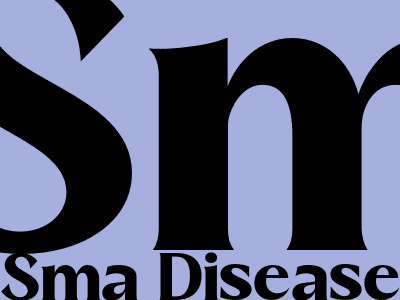
Sma Disease
SMA Disease: A Comprehensive Guide for Understanding Spinal Muscular Atrophy
Introduction
Spinal muscular atrophy (SMA) is a rare genetic disorder characterized by progressive muscle weakness and wasting. It affects the motor neurons, which transmit signals from the brain and spinal cord to the muscles. This leads to muscle atrophy, weakness, and progressive disability.
Types of SMA
There are four main types of SMA, classified based on the age of onset and severity: *
Type 1: The most severe type, with symptoms appearing in infants before 6 months of age. It often leads to early death or severe disability. *
Type 2: Symptoms appear between 6 and 18 months of age. Children with type 2 SMA may be able to sit but are unable to stand or walk. *
Type 3: Symptoms appear after 18 months of age. Children with type 3 SMA can walk and may have milder symptoms. *
Type 4: The adult-onset type, with symptoms appearing in adulthood. Progression is typically slower than in other types.
Causes and Genetics
SMA is caused by mutations in the SMN1 gene, which is responsible for producing the SMN protein. The SMN protein is essential for the survival of motor neurons. When the SMN1 gene is mutated or missing, motor neurons die, leading to muscle weakness and atrophy.
Symptoms
The symptoms of SMA can vary depending on the type, but common symptoms include: * Muscle weakness and wasting, especially in the legs and arms * Difficulty breathing * Difficulty eating and swallowing * Speech problems * Scoliosis (curvature of the spine) * Joint contractures (stiffness)
Diagnosis
SMA is diagnosed through a combination of clinical examination, family history, and genetic testing. The presence of specific mutations in the SMN1 gene confirms the diagnosis.
Treatment
There is no cure for SMA, but treatment options are available to manage symptoms and improve quality of life. These include: * Physical therapy to strengthen muscles and improve range of motion * Occupational therapy to help with daily activities * Respiratory support to assist with breathing difficulties * Nutritional support to ensure proper hydration and nutrition * Medications to manage muscle spasms and other symptoms
Prognosis
The prognosis for SMA varies depending on the type and severity of the condition. Type 1 SMA is often fatal in infancy, while type 4 SMA may have a relatively mild impact on life expectancy. With proper medical care and support, many individuals with SMA can live fulfilling and productive lives.
Conclusion
SMA is a complex and challenging condition that affects individuals throughout their lives. However, advances in research and treatment have significantly improved the prognosis and quality of life for those living with SMA.
Komentar